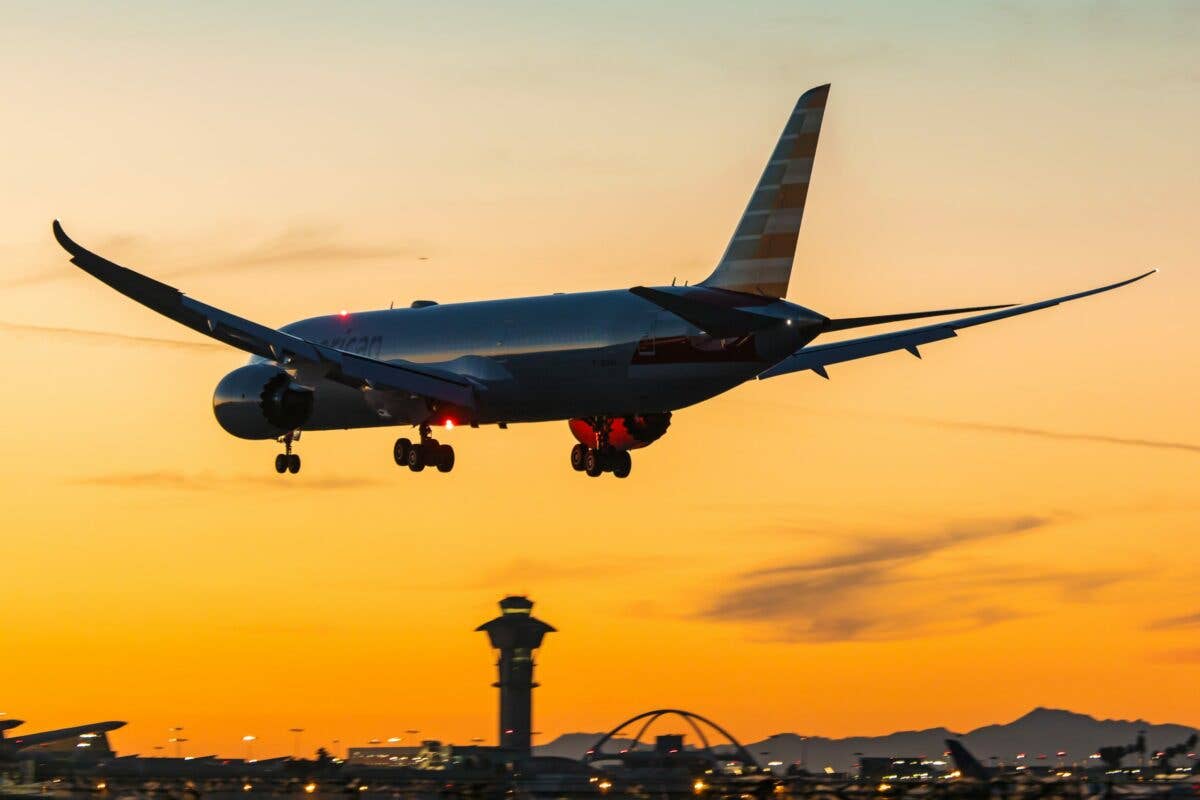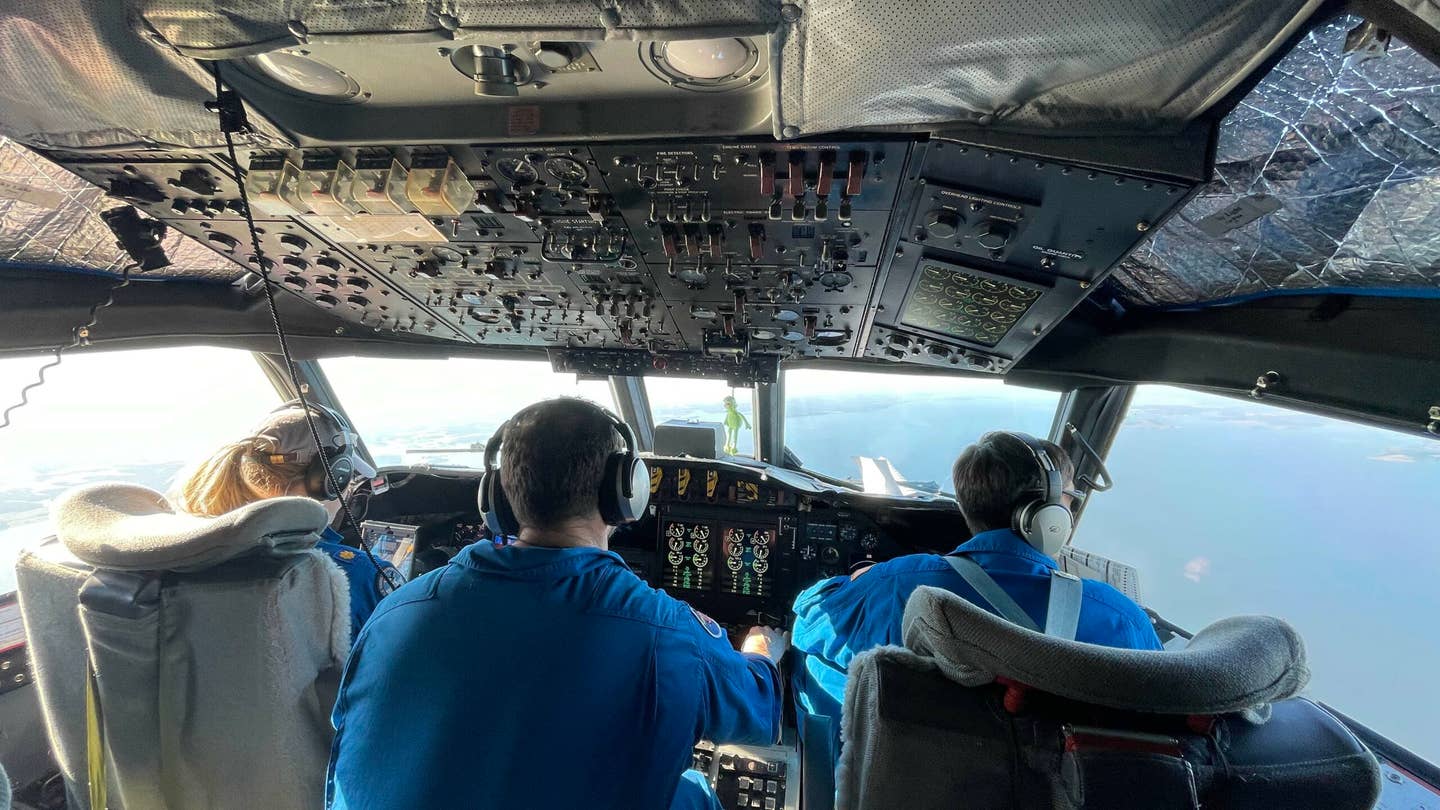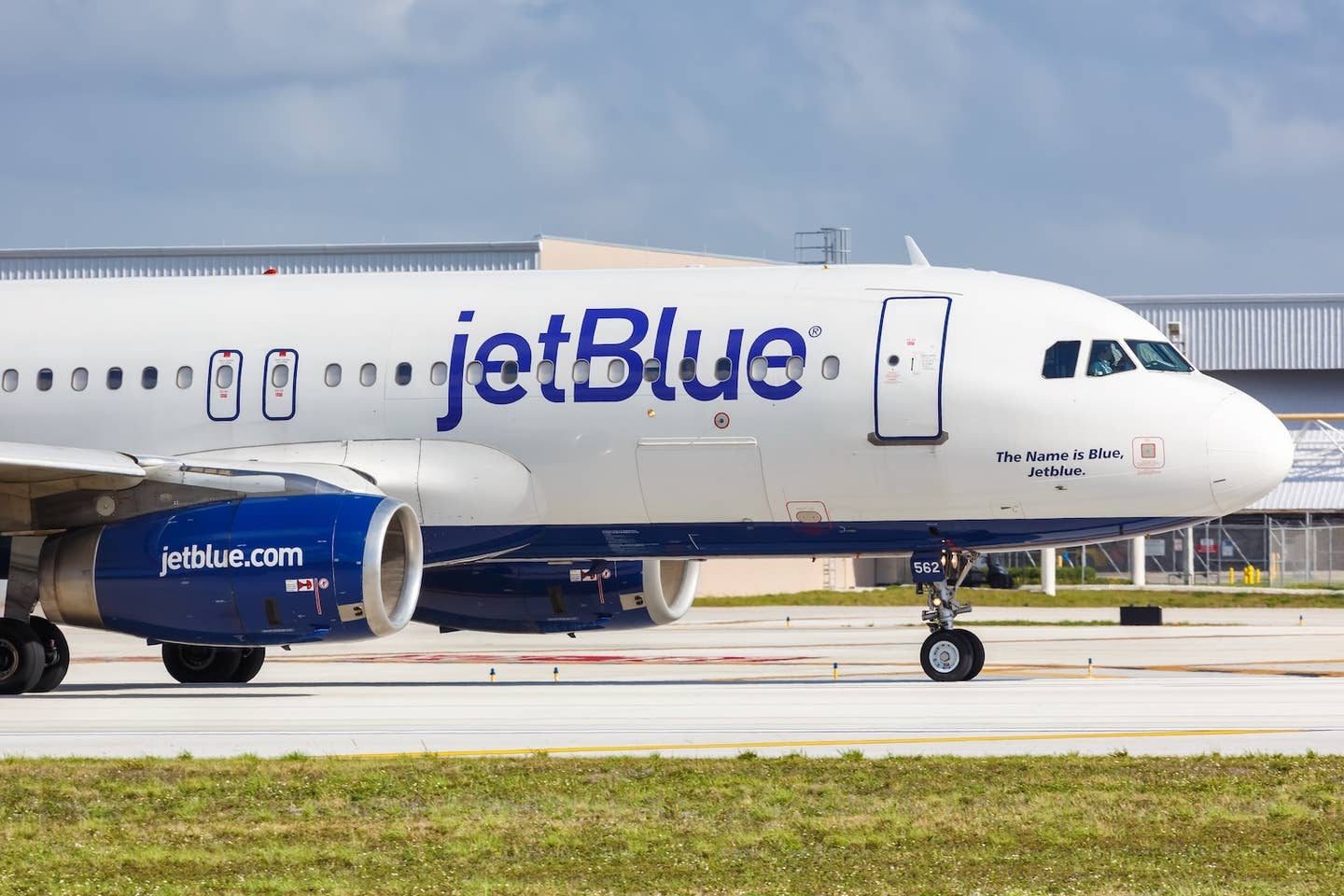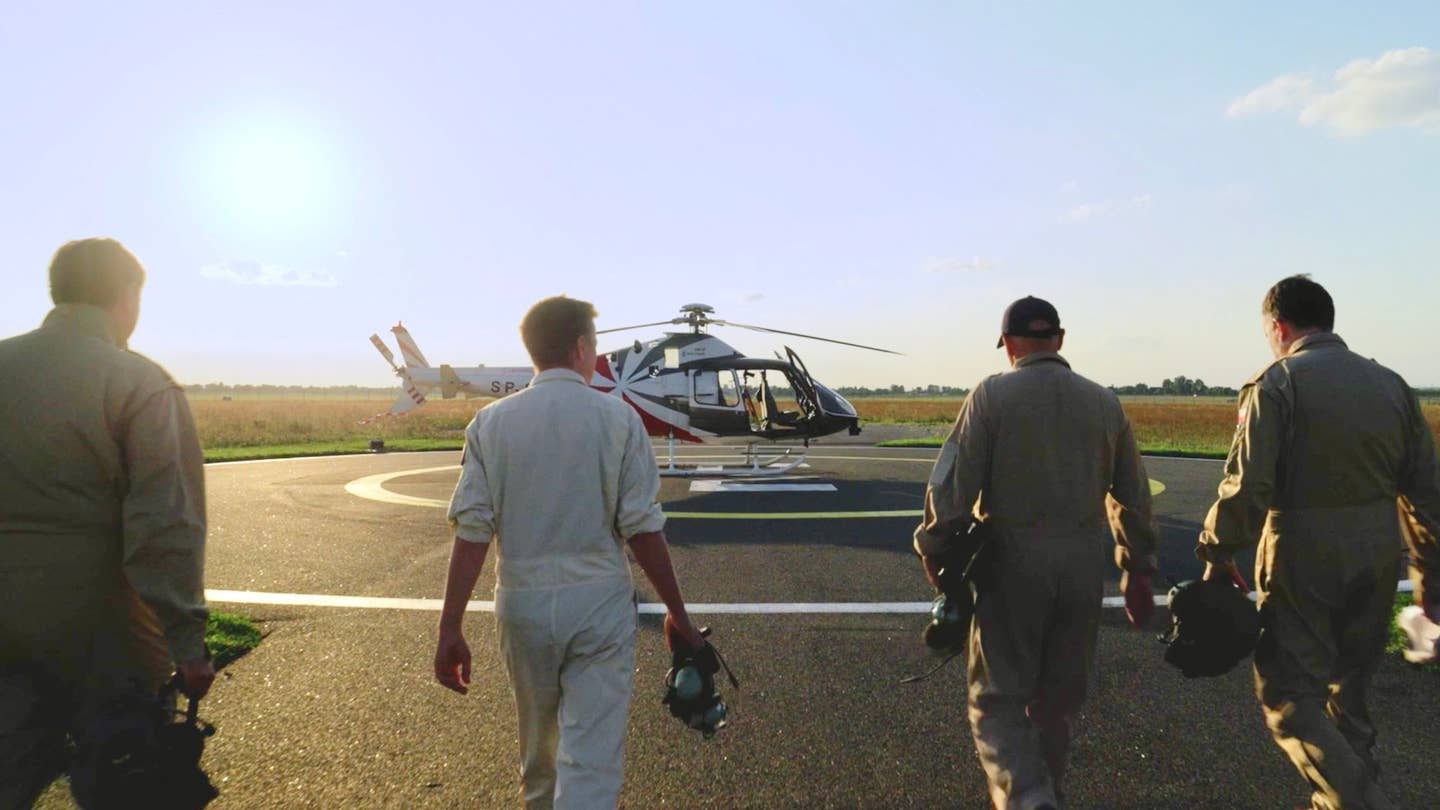How a 1926 Law Affects U.S. Airline Workers Today
As labor disputes heat up in the U.S. ahead of a busy holiday season, it is important to understand the key piece of legislation that governs them.

An American Airlines Boeing 787 Dreamliner on approach to Los Angeles. [Photo: AirlineGeeks | William Derrickson]
Considered to be one of the most heavily regulated industries, aviation – and specifically airlines – are subject to a wide variety of both international and domestic legislation and regulations. As commercial aviation took off in the U.S., so did the checks and balances surrounding it, particularly on safety and competition rules.
Often buried among the plethora of aviation laws and regulations are those having to do with labor, specifically the Railway Labor Act (RLA). Arcane to many, the RLA has broad jurisdiction over railroad companies, but also airlines, along with their respective labor unions.
Enacted in 1926, the RLA was initially sculpted around railroads before being expanded to include airlines in 1936. The act is administered by the National Mediation Board (NMB), an independent federal agency. Like many other appointments in U.S. federal agencies, the board – comprised of three members – is appointed by the President and confirmed by the Senate.
At its core, the RLA advocates for collective bargaining, empowering both carriers and unions to engage in negotiations aimed at reaching collective bargaining agreements (CBAs).
A document from the Department of Transportation states: “The purposes of the RLA are to avoid any interruption of interstate commerce by providing for the prompt disposition of disputes between carriers and their employees and protects the right of employees to organize and bargain collectively. The RLA imposes a duty on carriers and employees to exert every reasonable effort to make and maintain collective bargaining agreements, and to settle all disputes, whether arising out of the application of such agreements or otherwise.”
Following an 11-day strike, President Bill Clinton brokered a deal to get the company and the Association of Professional Flight Attendants (APFA) to submit to binding arbitration, per the Washington Post.
Roughly 30 years later to the day, 99.47% of APFA-represented flight attendants who submitted ballots in a recent strike authorization vote opted in favor of a strike. The APFA joins an ever-expanding list of U.S. airline unions seeking a strike.
Reading beyond the headlines, though, the bargaining process is strictly governed by Section 6 of the RLA. This section outlines the extensive measures that must be taken in order to remedy a dispute. Here are the key components:
1. Initiation of Negotiations
When either the union or carrier seeks to amend the existing CBA or, in layman’s terms, the contract, the initiating party must serve written notice to the other party at least 30 days before the desired changes are intended to go into effect. Once notice is given, the parties are obligated to engage in good-faith negotiations.
All CBAs that fall under Section 6 have an amendable date; therefore, Section 6 CBAs do not expire but only change through letters of agreement (LOAs) or contract negotiations. A CBA may also have an “early opener” clause that allows either party to initiate negotiations before the amendable date.
2. Mediation
If either party feels direct negotiations have reached an impasse, the party may request a referral of their dispute to the National Mediation Board (NMB). The NMB appoints a mediator to facilitate discussions, encourage compromise, and help the parties find common ground.
As an example, the APFA has been in this mediation phase since late June 2023 and is seeking to be released as of Friday, Nov. 17. Southwest Airlines pilots – represented by SWAPA – are also in mediation alongside the company. SWAPA also recently asked to be released from mediation but was denied.
- READ MORE: UPS Pilots Won’t Fly if Teamsters Strike
3. Presidential Emergency Board
If mediation fails to result in an agreement, and if either party requests it or the NMB deems it necessary, the President of the United States (POTUS) may appoint a Presidential Emergency Board (PEB).
The PEB is established within 30 days of the President’s appointment and has 30 days to investigate the dispute and make recommendations. Neither party can exercise self-help measures such as strikes or lockouts during this period.
4. Cooling-Off Period
Following the PEB’s recommendations (or at the end of the mediation process if the NMB released the parties from mediation and did not refer the dispute to the President), there is a mandatory cooling-off period. This period is generally 30 days, during which neither party is allowed to exercise self-help.
5. Additional Mediation
If an agreement is not reached by the end of the cooling-off period, the NMB may offer additional mediation assistance for an indefinite period of time.
If the dispute remains unresolved after additional mediation, the President may appoint a new PEB to investigate the matter. The PEB has 30 days to issue recommendations. This step of additional mediation must be unanimously agreed to by all parties.
6. Congressional Action
In extremely rare cases where all other efforts fail, Congress may pass legislation to address the dispute and impose a settlement. Congressional intervention is a last resort and is used very rarely.
Congress has stepped in a handful of times for railroad strikes, according to the U.S. Chamber of Commerce. However, it has not leveraged any sort of emergency legislation for the airline industry in recent years.
7. Strike or Lockout
If none of the previous steps results in an agreement, and if the cooling-off period expires, the parties have the right to engage in self-help measures. The union can strike and the carrier can lock out employees.
In the case of a flight attendant strike, carriers have historically chosen to continue operating flights by hiring and training replacements or using other qualified personnel to fill in for striking employees. 90% of American Airlines’ flight attendants went on strike in 1993.
Of course, the implications of the RLA are wide-reaching and many deviations have been made over the years to halt or hamper strike actions and lockouts. The RLA can be found within 45 USC Ch. 8.
Editor's Note: This article first appeared on AirlineGeeks.com.

Sign-up for newsletters & special offers!
Get the latest FLYING stories & special offers delivered directly to your inbox






